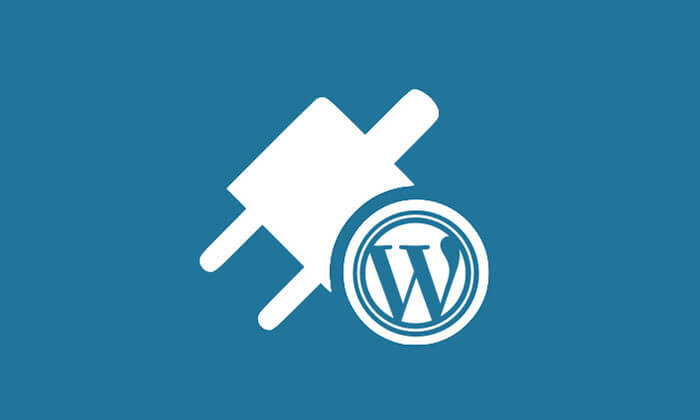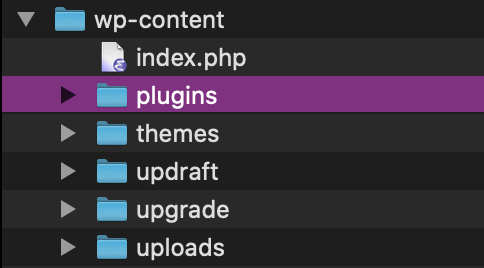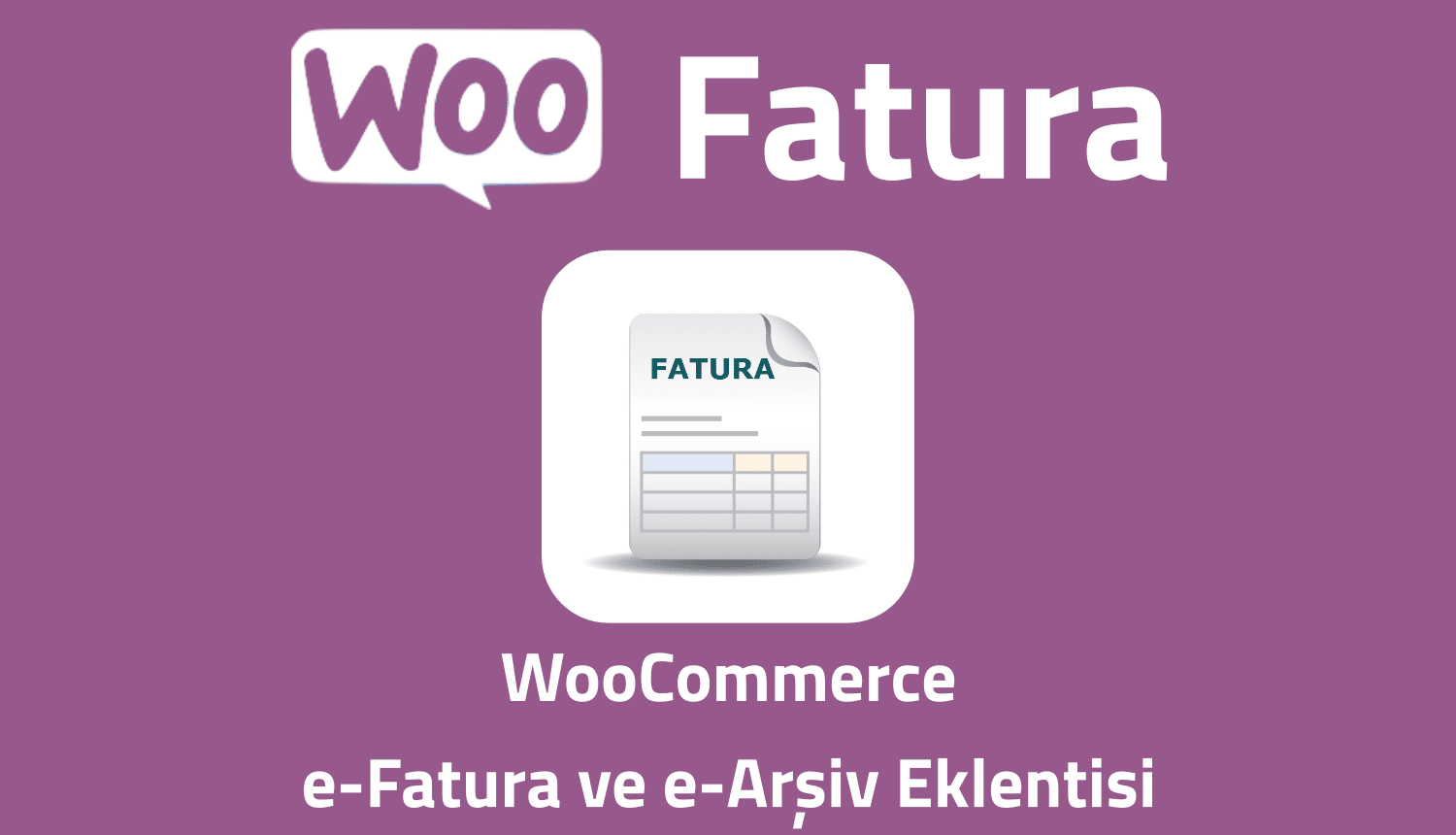There are many reasons why you might want to create your own WordPress plugin at some point.
The core function of WordPress is that it gives you all the necessary features of a content management system (CMS). These include a front-end process for creating pages and a back-end for managing the content you create. There are also functions to protect the site so that only registered users can access the administration features. Similarly, user management allows you to manage permissions and privileges for the necessary people.
[lwptoc wrapNoindex="1″]
While these functions are important, they are only the basics. There are all kinds of extra features to help you run your site more efficiently. Needs may vary from site to site.
For this reason, WordPress provides its users with the tools to create plugins that can extend and customize the basic feature set. You can use commercially developed plugins or create your own.
How Does the WordPress Plugin System Work?

WordPress plugins work by "hooking into" the WordPress core. There is a complete library of WordPress functions that are specifically used to modify WordPress through "hooks" and "actions".
Your custom functions (in your plugin) can be set to trigger when other WordPress functions are running, or can trigger when a specific action is completed. This is how your plugin fits into the WordPress ecosystem.
What Do You Need to Develop a WordPress Plugin?
To make WordPress plugins, you need to be familiar with the following program languages and libraries:
- HTML
- CSS
- PHP
- WordPress functions
- JavaScript (depending on what kind of applications you are building)
Together with the WordPress library, these languages give you everything you need to interact with the WordPress system.
What are the Basic Plugin Requirements?
There are only a few requirements you need to meet to have a plugin:
- A directory (folder) containing files placed in the appropriate location
- A PHP file containing the default "boilerplate" content
Index creation is quite simple. Every WordPress site comes with a directory called "wp-content". This is where the theme and plugin files are located.

To add your own plugin, simply create a directory in the main "plugins" directory. With this you can add an index.php file containing your plugin code.
Your plugin will not appear in the WordPress admin dashboard until you add WordPress standard content to the index file. This content includes the name of the plugin and optional metadata.
For code examples WordPress plugin handbook Look.
The Power of WordPress Plugins
Your plugin can contain as many or as few files as you need. This means you can create very specialized plugins that do one thing, or highly complex plugins that affect the entire interface. The choice is yours. This is what gives WordPress plugins their power and flexibility.
Some Plugins We Developed As GurmeWoo:






